Spitsbergen is a place where the modern Norwegian lifestyle exists hand-in-hand with Soviet habits. There are three Russian villages on the archipelago. One of them – Barentsburg – is active, while others are considered closed/abandoned.
It is one of these villages that I want to tell you about. Specifically, about the legendary coal mining village Pyramiden. “The ghost town,” “the northernmost coal mine in the world,” “a fragment of the Soviet regime in the Arctic,” “the Northern Frontier” – this place, lost in time, has many names. For foreigners, it provides an opportunity to experience the Soviet Union, and for CIS residents – to go back to the past that has been barely left behind.
- Why is it called Pyramiden?
- The History of Pyramiden
- The Spitsbergen Plane Crash
- Pyramiden Today
- Communication in Pyramiden
- My Impressions from Pyramiden
Why is it called Pyramiden?
It’s quite simple – the village is situated at the foot of a pyramid-shaped mountain. Norwegians call it Pyramiden, but the name was actually given to it by the Swedes, who were the first to start their coal mining activities here. If you’re eager and have the proper equipment, you can climb on top of the Pyramiden mountain to take a look at the village and the mine going deep into the mountain from above. However, you must have an armed guide with you, since due to proximity to Billefjorden, which is inhabited by seals, the chances of meeting a polar bear here are much higher than normal.
The History of Pyramiden
In 1910, the Swedish company Spetsbergens Svenska Kolfält received permission for coal mining on the archipelago and set up a mine for these purposes a year later. It should be noted that, geologically, this isn’t the easiest place for coal production. The mine is situated in a hard-to-reach spot at the height of 0.5 kilometres, making such operations very hard and energy-intensive. Because of this, 16 years later, in 1927, the Swedish company sold the territory of Pyramiden with everything on it. In 1931, the territory of 47 square kilometres became the property of the Soviet state trust Arktikugol. Since that year and to this day it is the only Russian company to do business on the Norwegian archipelago of Spitsbergen.
The Soviet Union decided not to use the Swedish mine and started building a new one with the typical Soviet larger-than-life approach. In 1941, when the mine proper and the infrastructure around it had been built, all the villagers were evacuated due to the beginning of World War II in the Soviet Union. During the evacuation, the coal warehouse and all the equipment were destroyed by the residents of Pyramiden.
After 1946, life began to come back to the village. 609 polar explorers were brought to revive it. As soon as in 1947, Pyramiden saw its first street stretching from the port to the village. The Soviet Union spared no money for the resurrection of Pyramiden – the scope was huge. Multi-storey houses were built for families, women, and men (as was the Soviet custom, men and women had separate residences). The women’s house was called Paris, while the men’s was called London. There was a library, a hospital, greenhouses, a big sports centre with a swimming pool that had heated sea water, a hotel, a dining-hall for 200 people, an animal farm, as well as many other industrial and technical buildings. Pyramiden was the northernmost village on the Spitsbergen archipelago and the closest one to the North Pole. Considering that the territory is covered with permafrost, one can only imagine how much effort it took to build all of this.
Coal mining was in full swing, with 70 thousand tons produced in 1950-s. To increase the output, a second mine, Severnaya, was opened in 1956. According to its project, 235 thousand tons of coal could be produced from it yearly.
By 1980 Pyramiden had a population of over 1000 people. The village was extremely popular due to high wages. Literally everyone in the Soviet Union knew that working in the Arctic even for a short while could yield enough money for a new apartment, so the competition for the jobs there was crazy. One could only get a job in the mining village of Pyramiden through good connections.
However, the dissolution of the Soviet Union had a negative impact on Pyramiden. By that time, coal had significantly lost in value as a fossil. The Soviet government could no longer afford to maintain such a distant territory, so the population of miners and their families started to dwindle. Transportation of coal to the continent became too expensive, so it was decided to store its supply on-site, in the village. The mines required a capital renovation, especially after endogenous (underground) fires that wouldn’t go out to this day. Still, Pyramiden tried to survive for another 7 long years after the dissolution of the Soviet Union. In 1997, however, it was decided to close the mine and the village.
In March 1998, the last ton of coal was produced from the Severnaya mine. Now this legendary wagon, filled to the brim with coal, stands at the entrance to the village. 8.8 million tons of coal were produced throughout the mine’s life cycle, which accounts for 57% of its total volume. Due to the mine’s closure, the villagers were transported to the continent or to Barentsburg.
The Spitsbergen Plane Crash
Another contributing factor for the village’s closure was Spitsbergen’s largest plane crash. In 1996, a Tu-154 plane from the Russian company Vnukovo Airlines crashed into the Operafjellet mountain during a charter flight from Moscow to Svalbard Airport, Longyear. 141 people were on board, mostly miners for Pyramiden and Barentsburg with their families. The crew and the passengers were all killed. The accident happened due to the pilots’ inexperience. After the dissolution of the USSR, wages were often delayed, and the crew that usually made the flight to Spitsbergen went on strike. Because of this, the task was given to new pilots who were unfamiliar with the terrain near the Longyear airport. This caused an accident that to this day is considered to be the deadliest plane crash in Norway’s history. A wooden church had been set up in Barentsburg to commemorate the tragedy. The church is open 24/7.
Pyramiden Today
The village had been closed for 11 long years when the Russian government decided to bring the distant land back to life. The ghost town became a prime attraction for many Norwegian tourists wishing to get a feel of the Soviet Union that they’d only read about in books. In 2009, it was decided to reopen the Tulpan hotel to provide overnight residence for the tourists. A full-fledged bar restaurant was opened at the hotel. The classic Soviet style of the interior was left untouched. Some of the hotel rooms were renovated, while others were left as-is since Norwegians and other foreigners are willing to pay a hefty sum for an overnight stay in a Soviet room (in 2018, a Soviet-style room cost 100 Euros per night, a renovated one – 120).
The same goes for the restaurant menu – all items were carried over from the Soviet dining hall. The Gorbachev omelette, the Studencheskaya cutlet, Russian pancakes with caviar, and Ukrainian borsch with sour cream are all included in the menu. All products are delivered from Barentsburg, another Russian village on Spitsbergen. It is there that the hotel rooms and group tours to Pyramiden are booked. During the Arctic summer (from the end of March until the beginning of October), up to 20 staff members can live in the village. i.e. cooks. guides, cleaners, waiters, the village manager, and stokers that use the coal reserves to heat all the buildings. In winter, only around 3 stokers are left in the village. Since no one comes to the village during the Arctic winter, the food supply for the whole period is delivered in autumn.
Communication in Pyramiden
There is absolutely no communication in Pyramiden, making the place even more isolated from the rest of the world. You won’t be able to share your beautiful pictures on social media or check the news – there is no Internet, TV, or radio. There’s only one spot where a cell phone can work. If you’re lucky, you might get a signal from one of the Norwegian carriers just near a beam hammered into the ground about 1 km from the hotel. In the modern age of information technologies, people who knowingly choose to work in Pyramiden seem like true heroes to me. After all, the incredible wages that attracted so many people to the Arctic in the past are no longer there. Now there is only a modest income, from which the costs of residence and food are deducted. And if you need something from the continent, you must order it and wait for a long time for it to be delivered to Barentsburg, and then to Pyramiden. So, it’s fair to say that today the workers of Pyramiden come here for inspiration, the romantic appeal of the Arctic, the new experience that sticks with them for the rest of their lives and makes for great stories to tell their children and grandchildren.
My Impressions from Pyramiden
We’ve spent three days and two nights in Pyramiden, and my feelings about it are mixed. On the one hand, it’s a one-of-a-kind place, where you can feel as if you were forgotten by everyone else on the edge of the world. On the other hand, if you are socially active, the limited circle of people (that cannot always be befriended) and complete absence of communication will make Pyramiden feel like utter torture. So, it’s up to each person to decide whether they can live in complete isolation or not. But one thing can be said for sure – this place won’t leave you feeling indifferent. So, if you have the chance, visit the ghost town on the edge of the Earth while it’s still in the state it’s been left in.

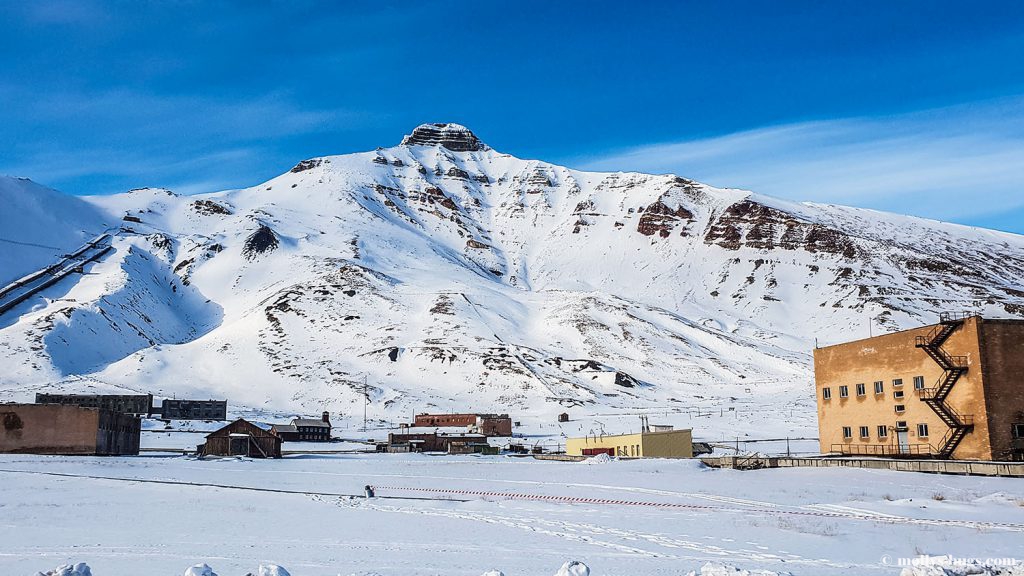
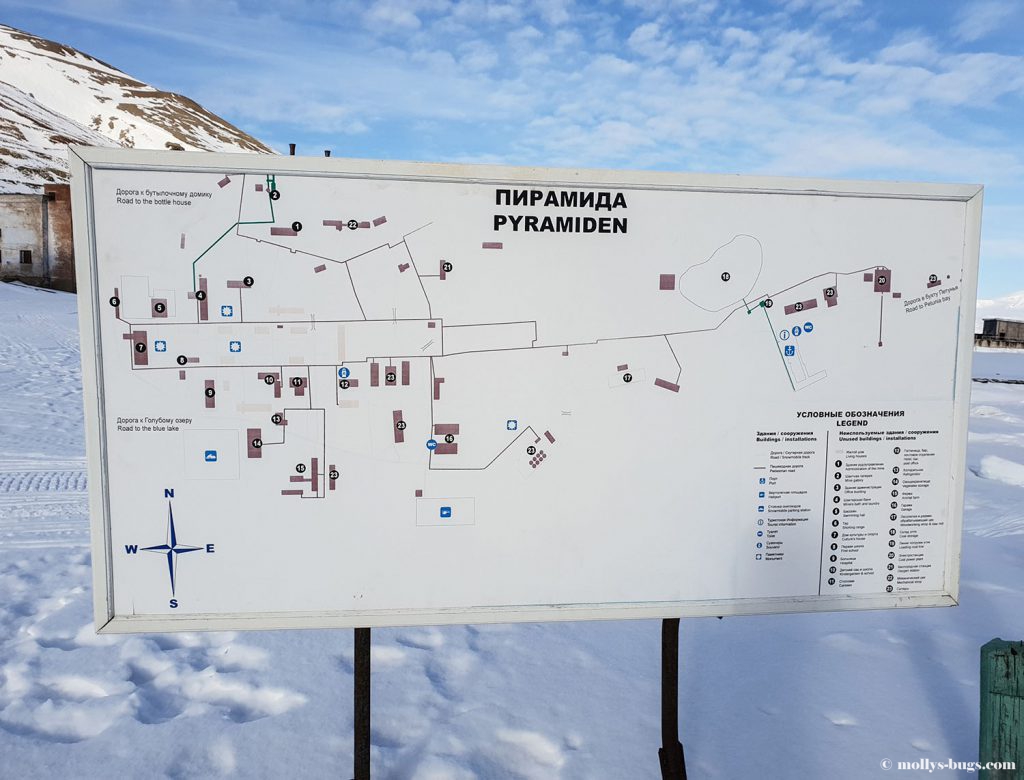
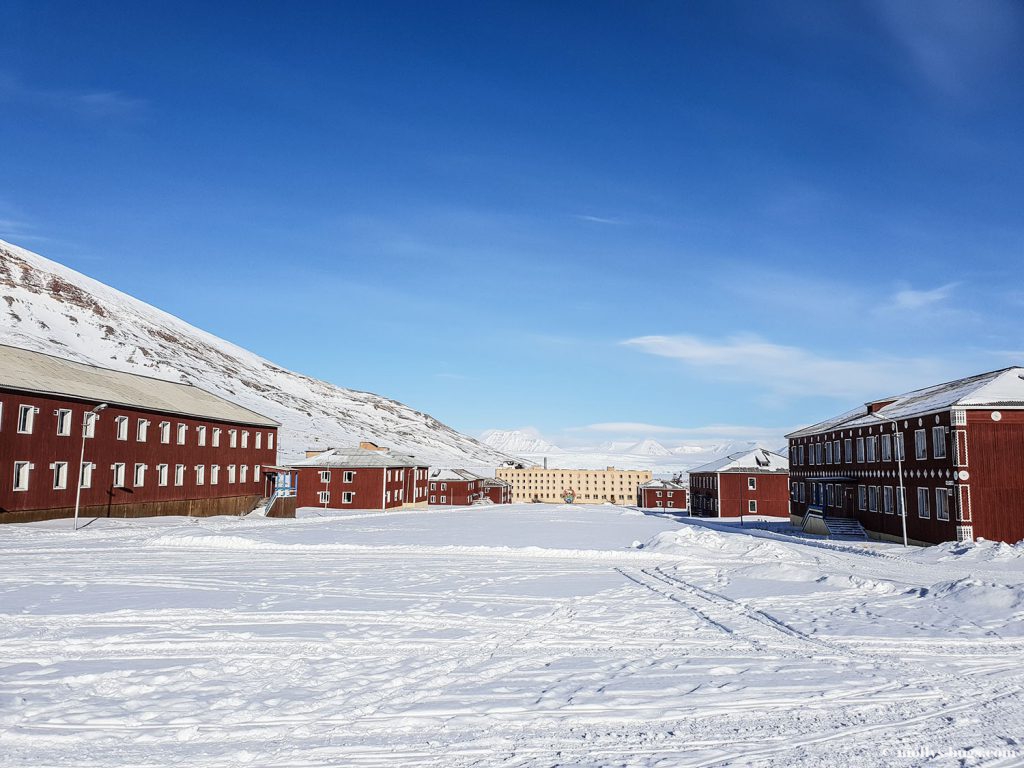
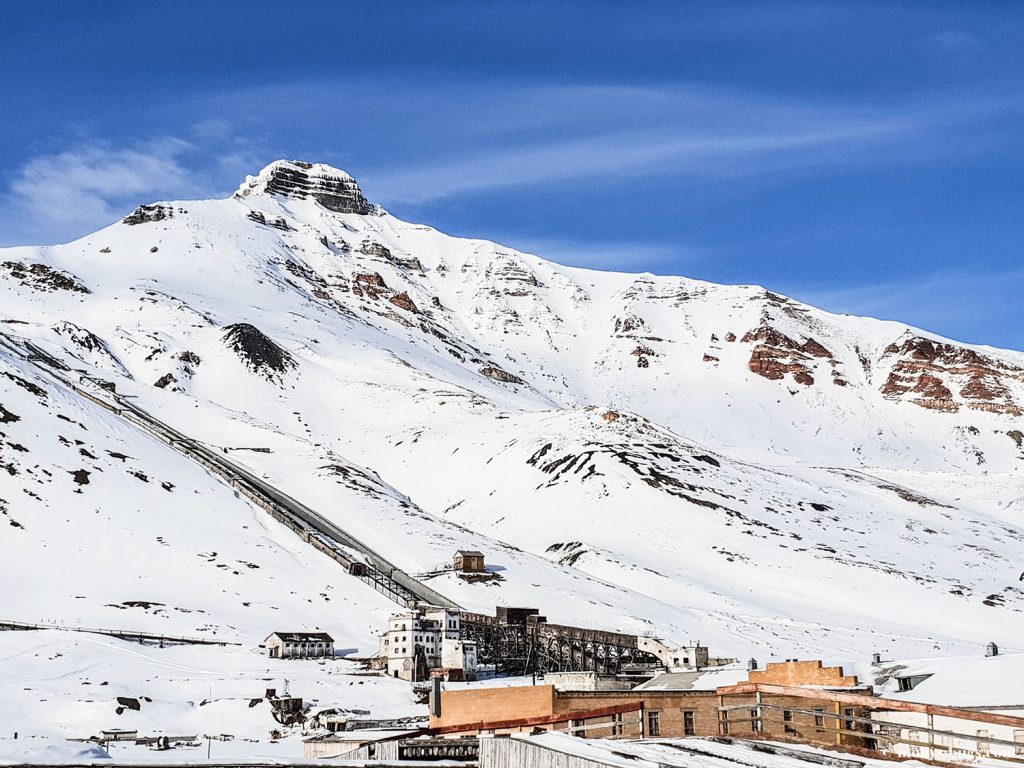
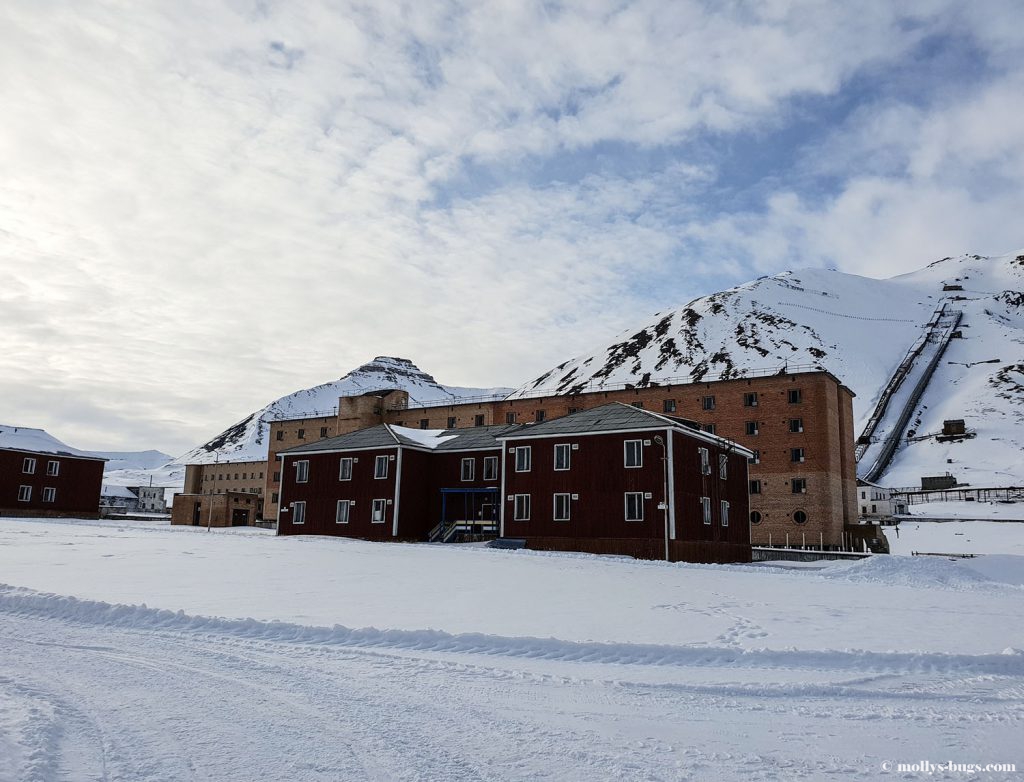
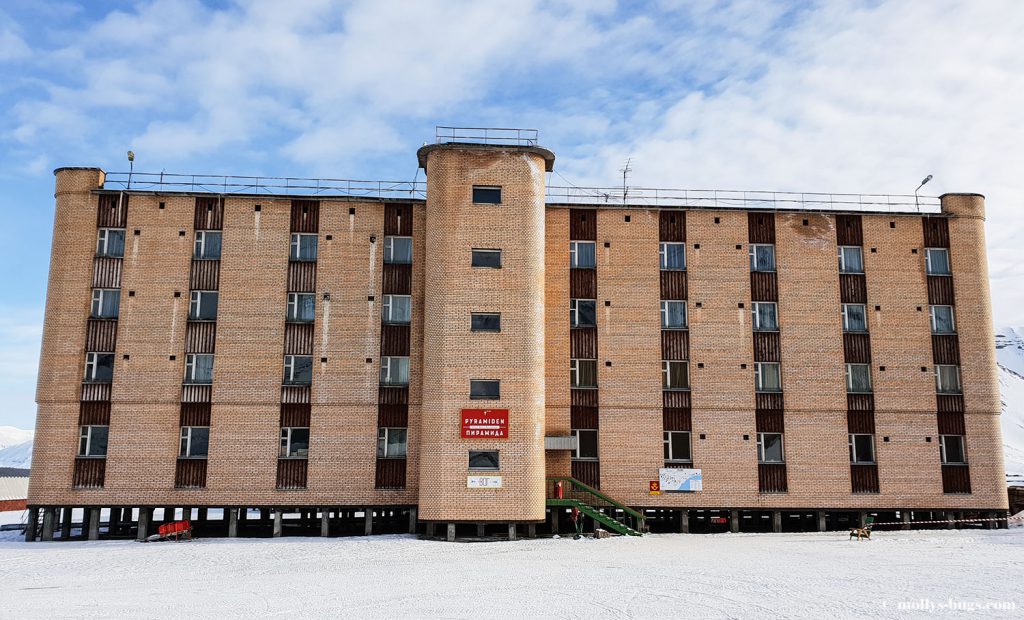
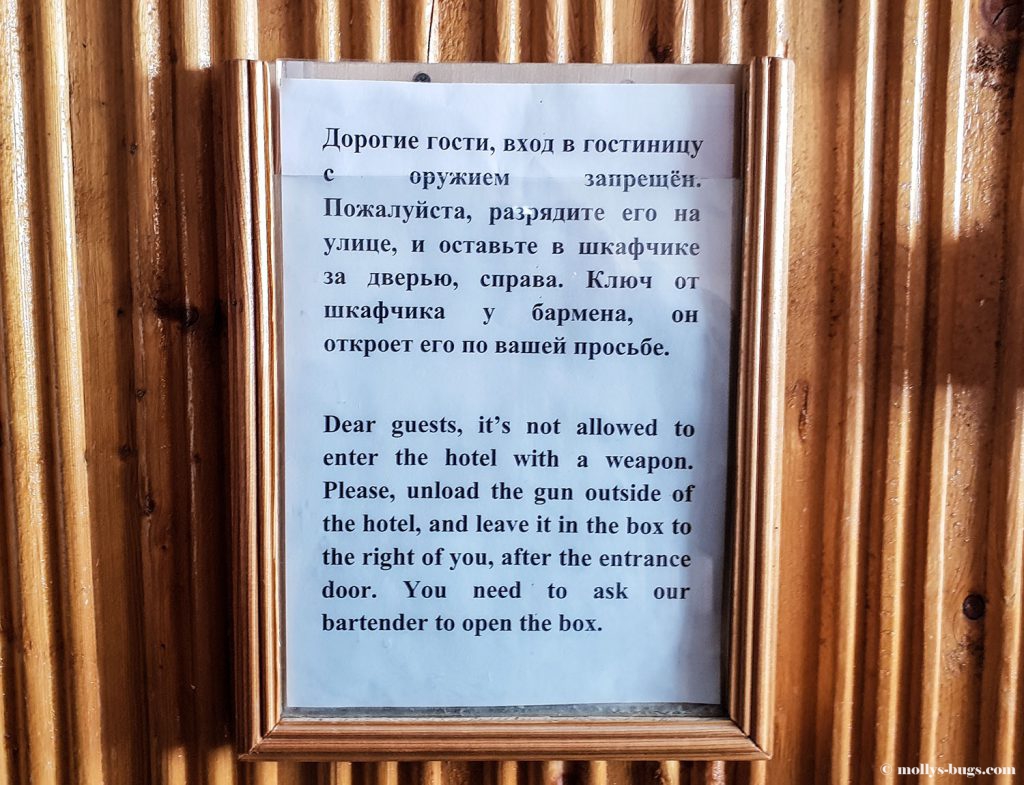
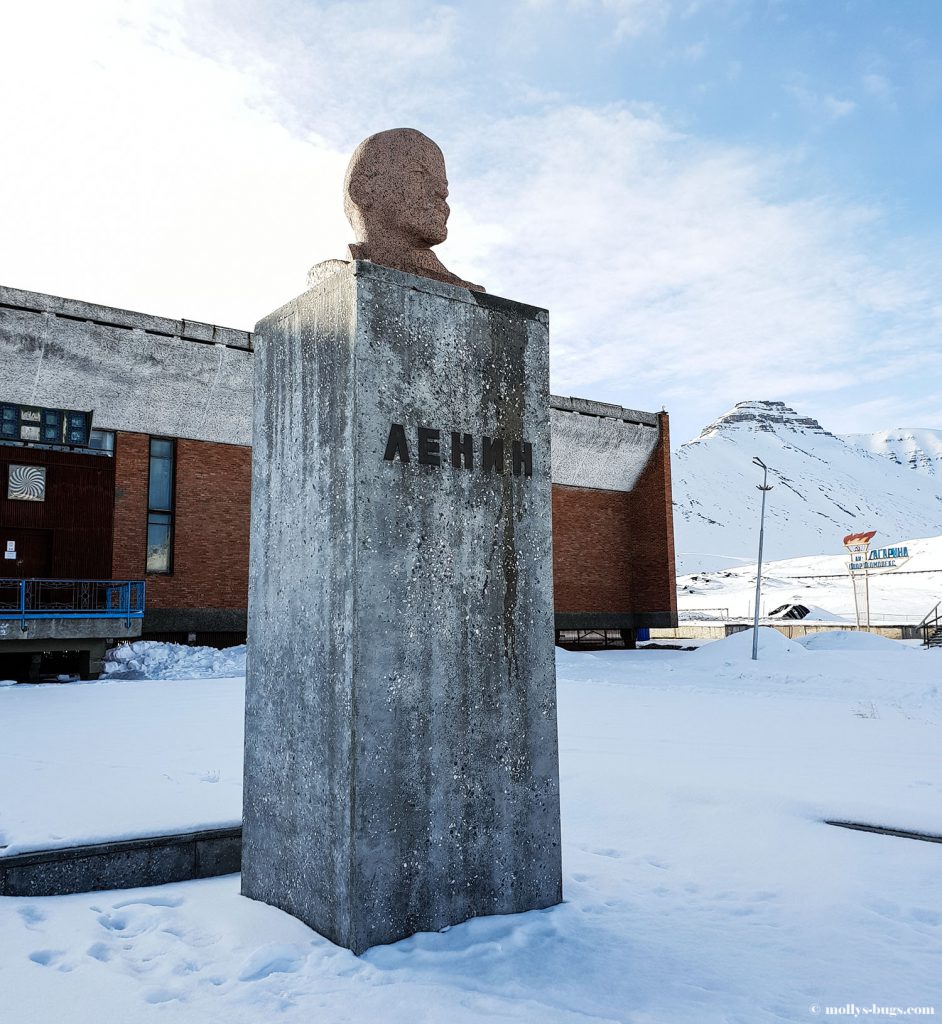
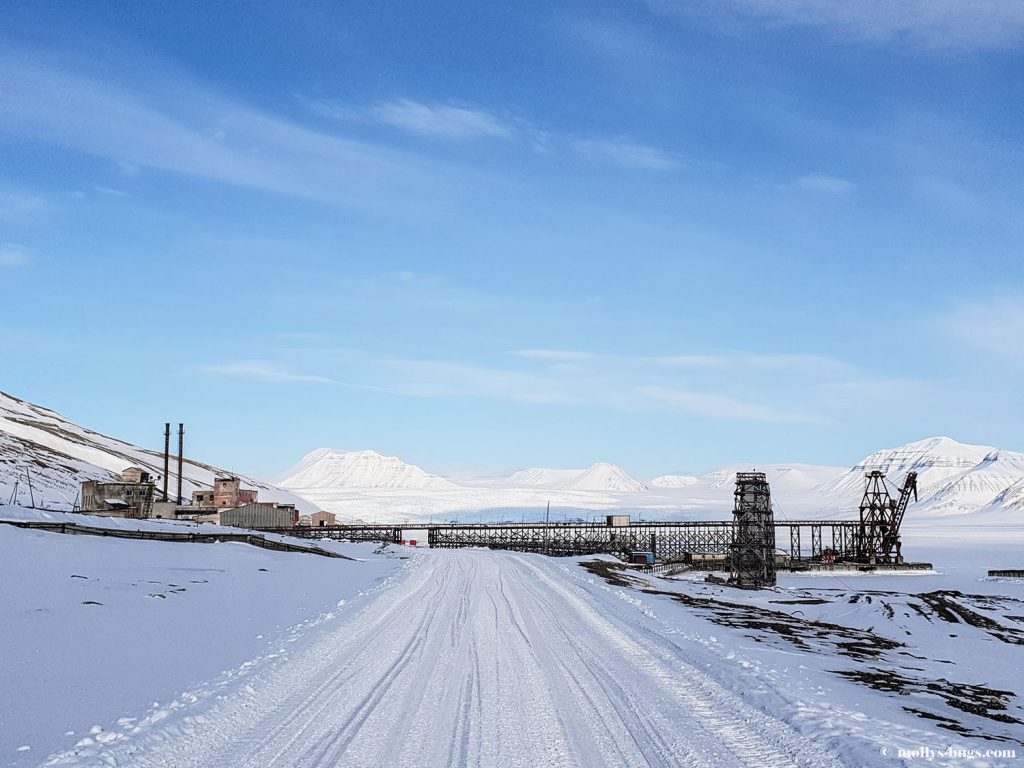
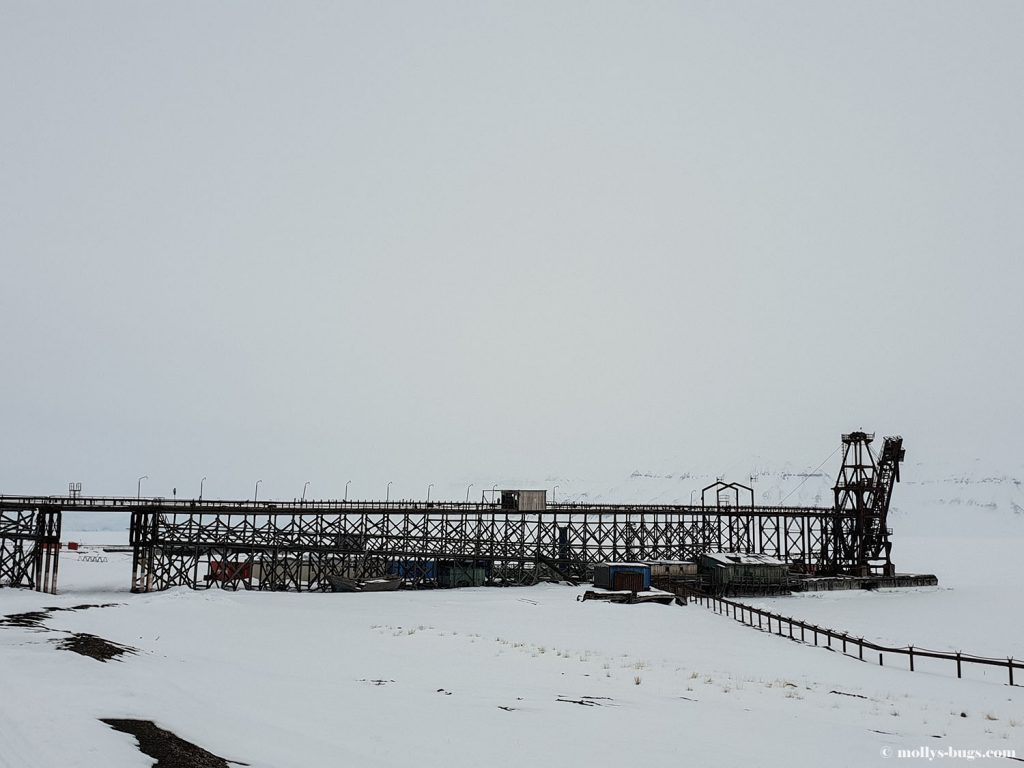
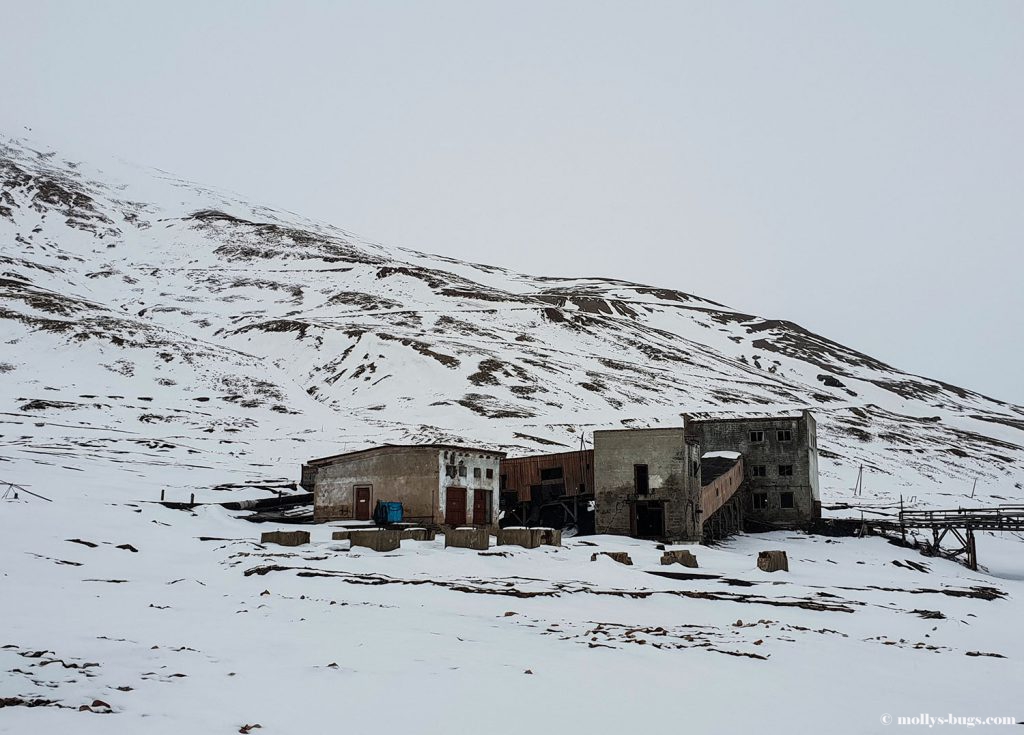
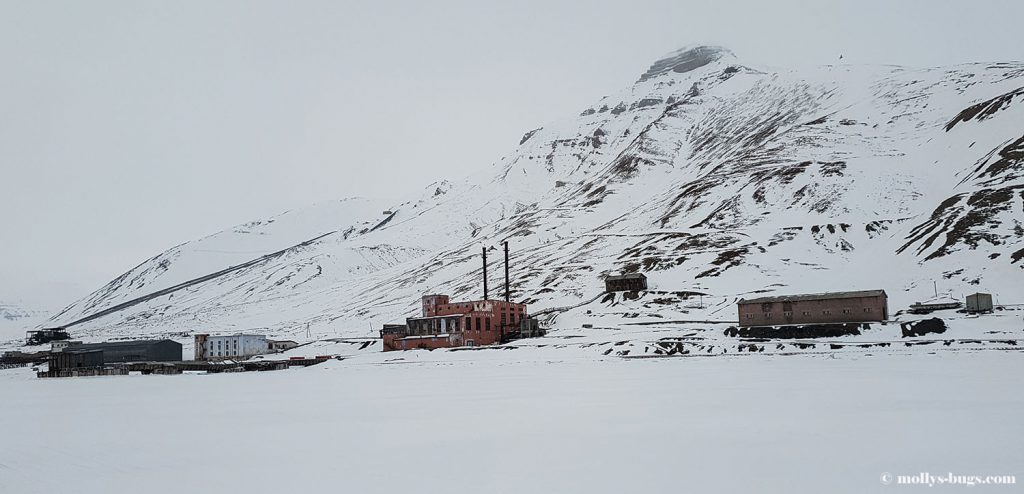
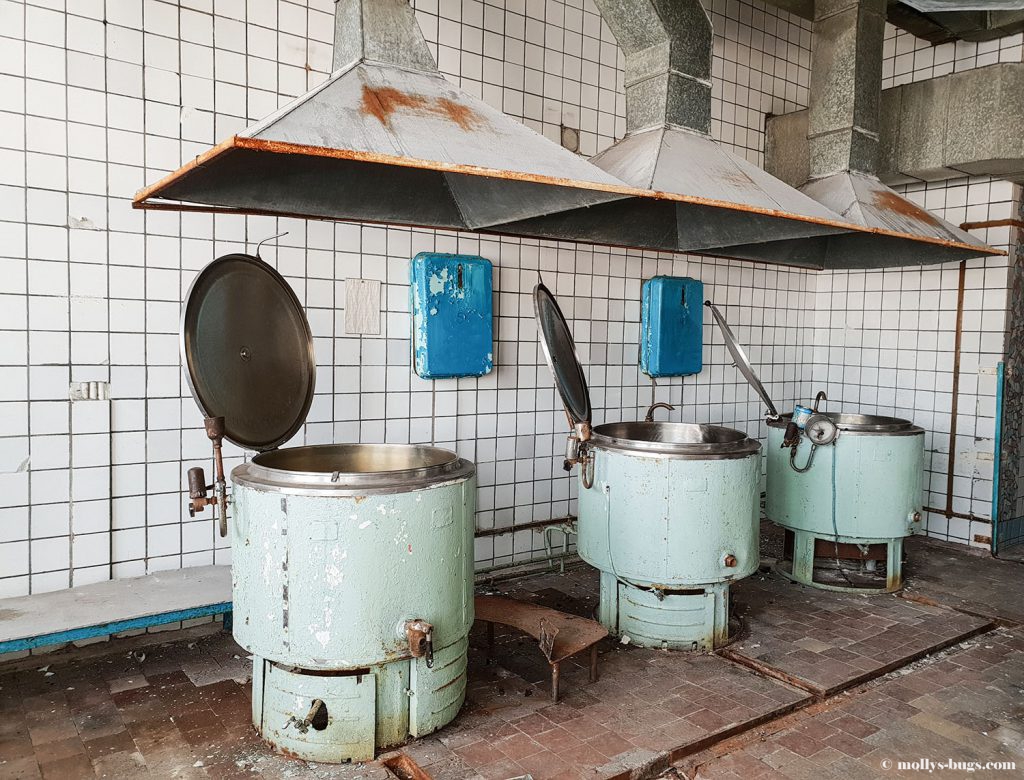
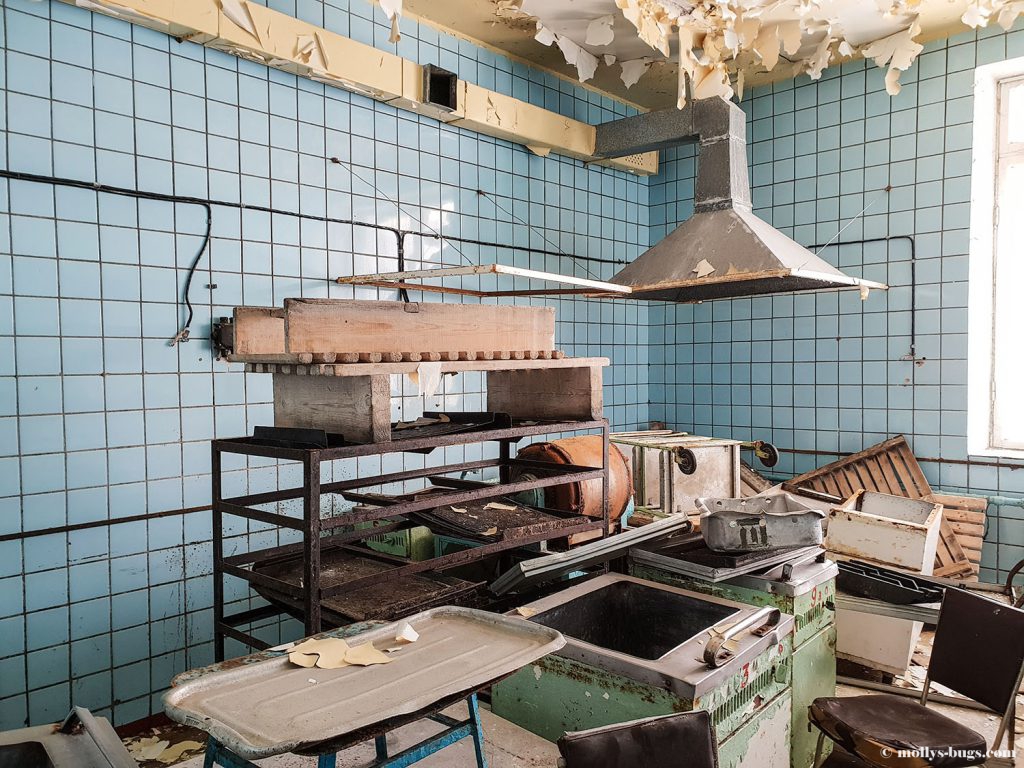
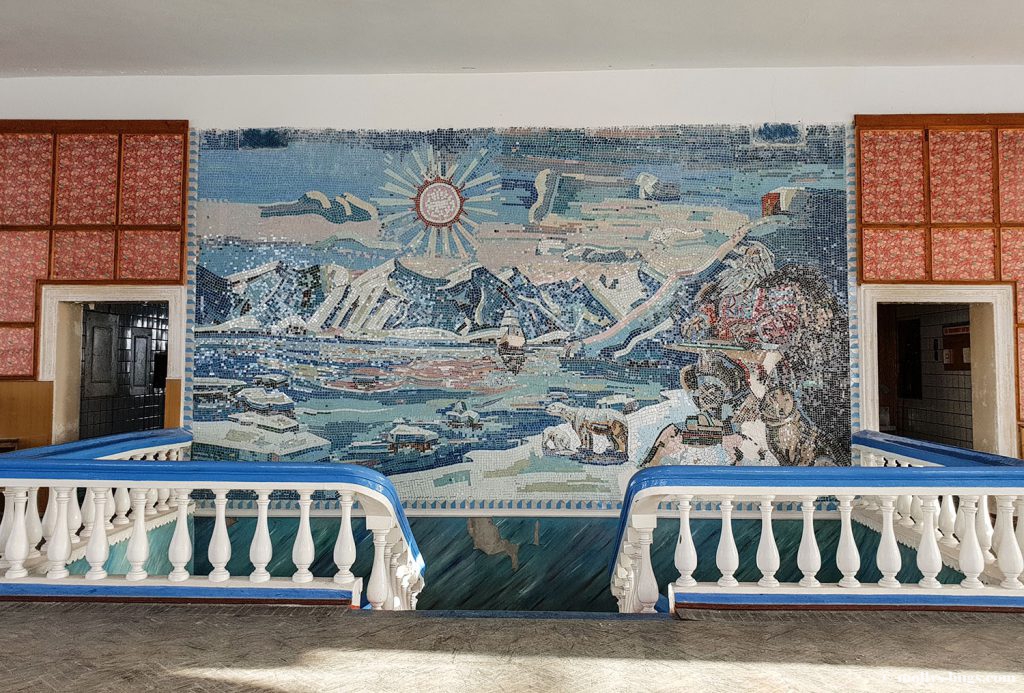
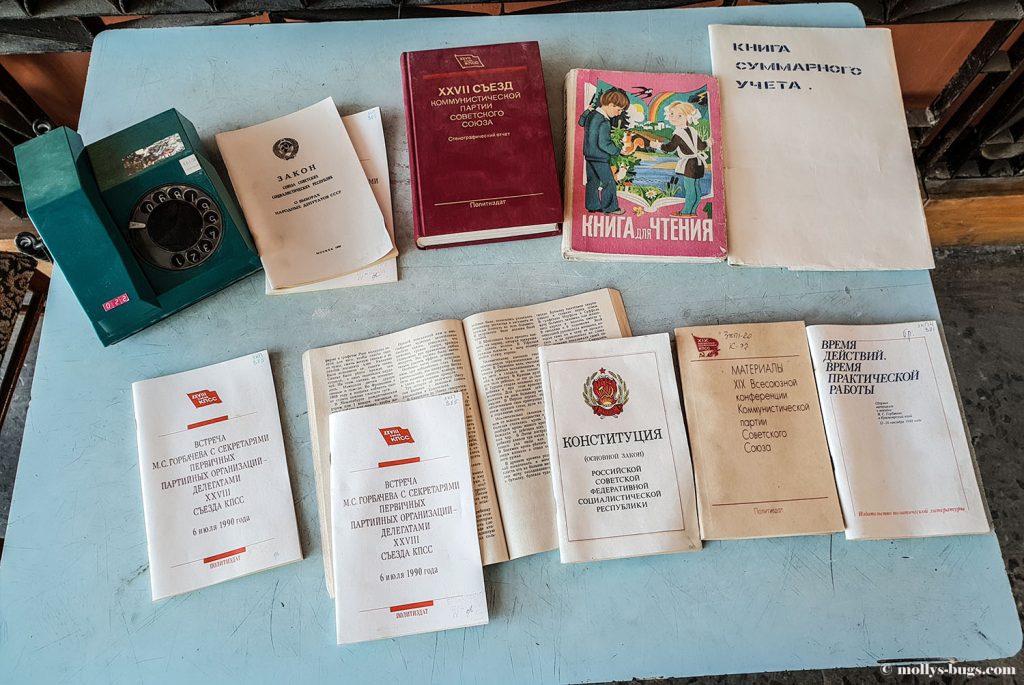
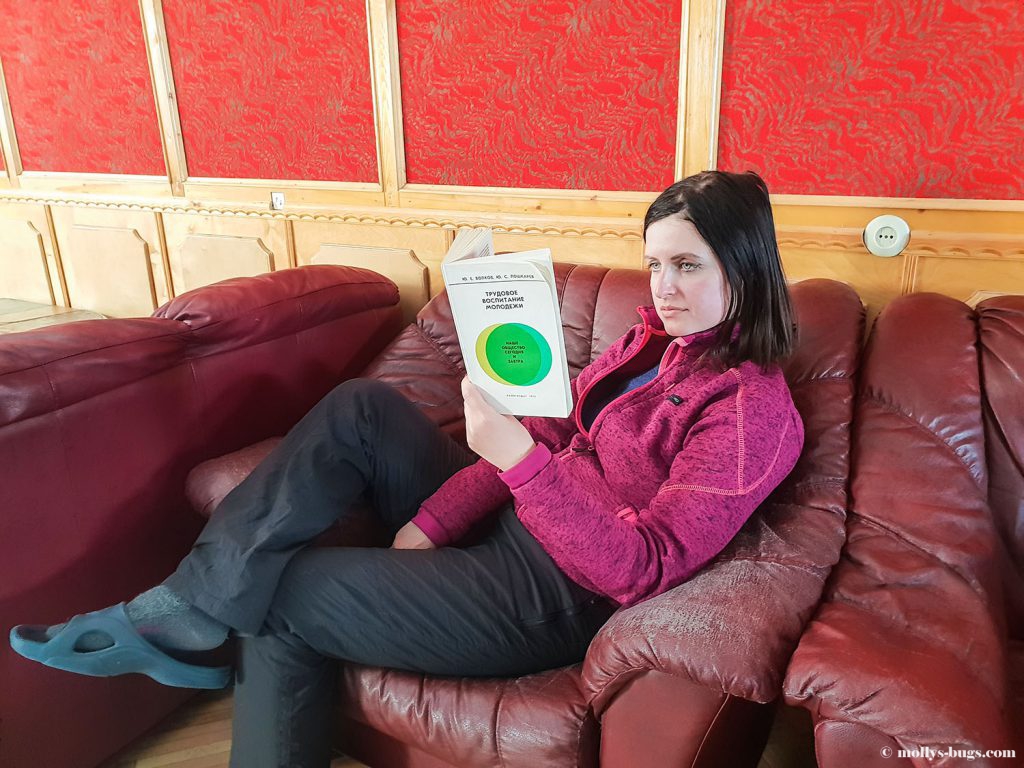
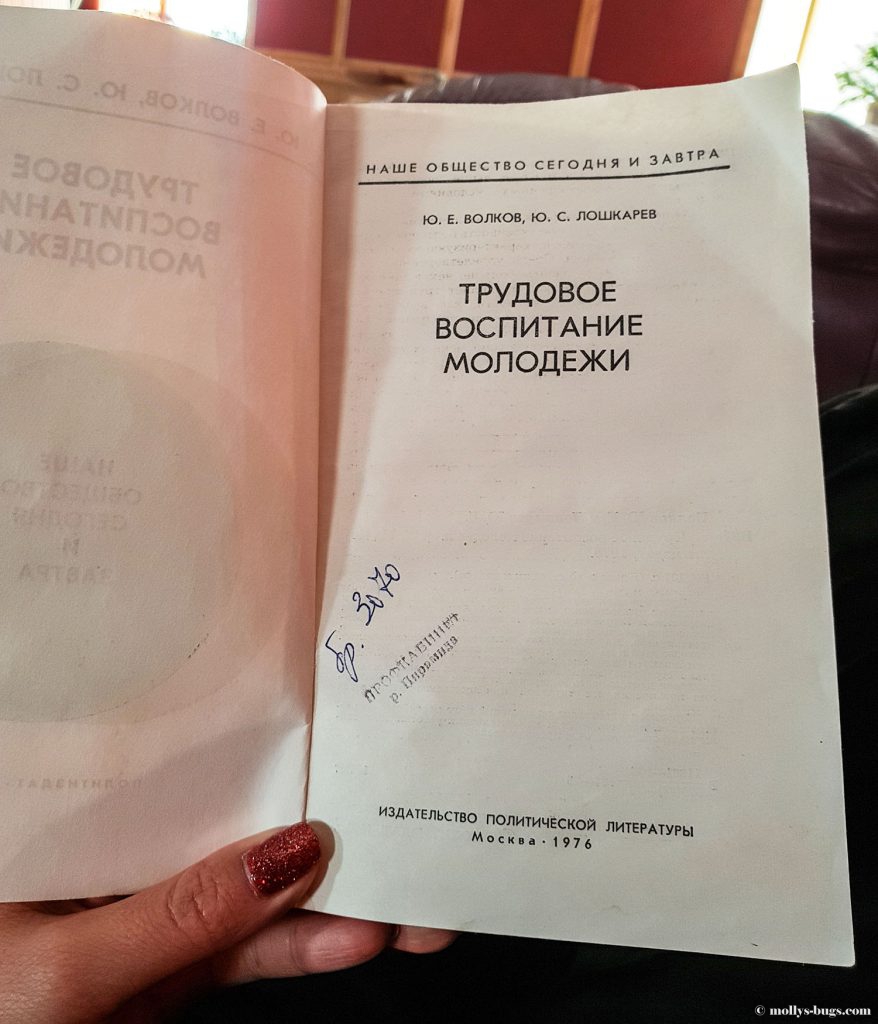
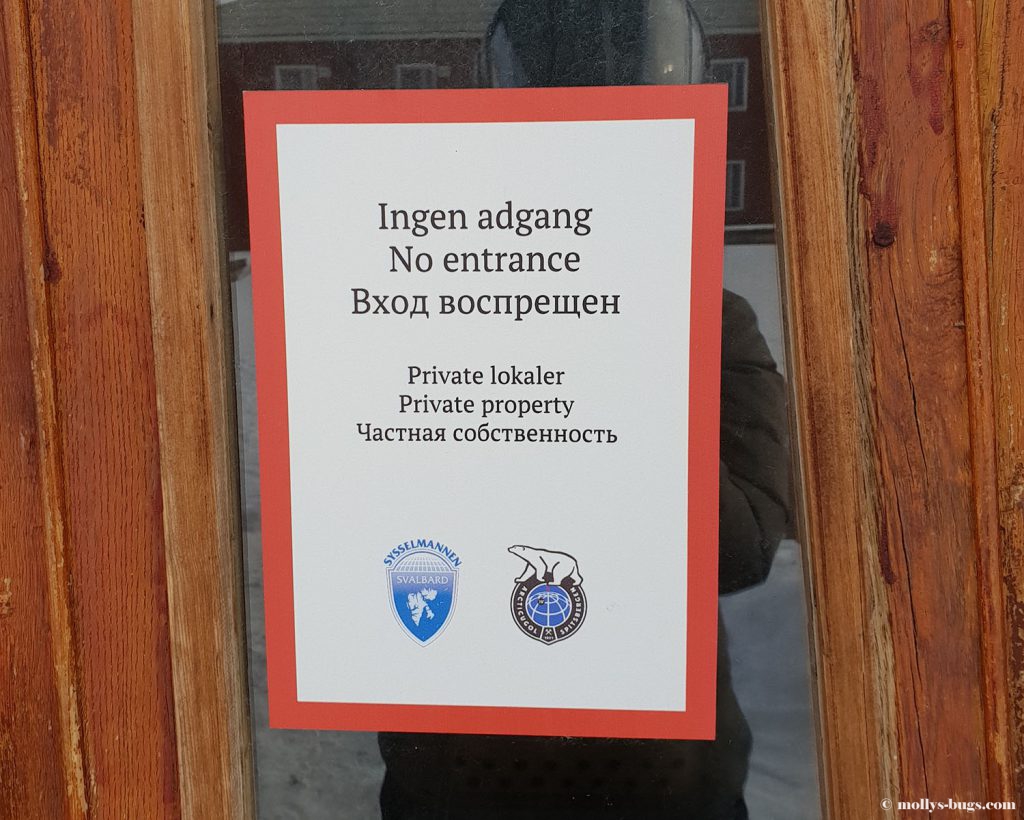
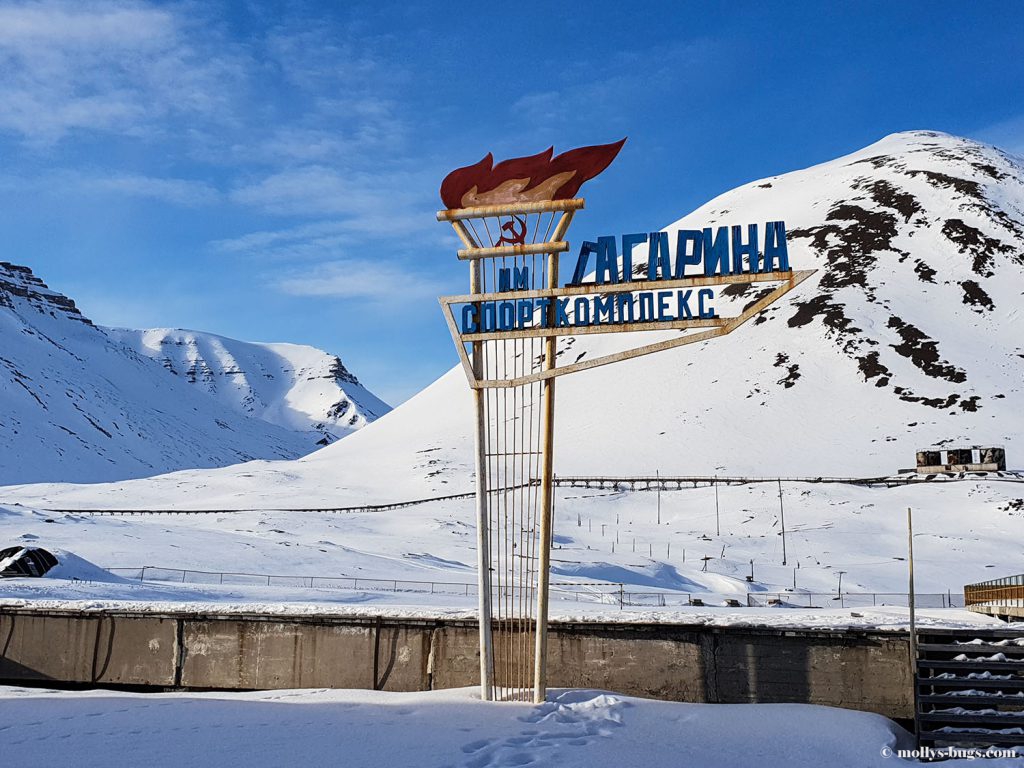
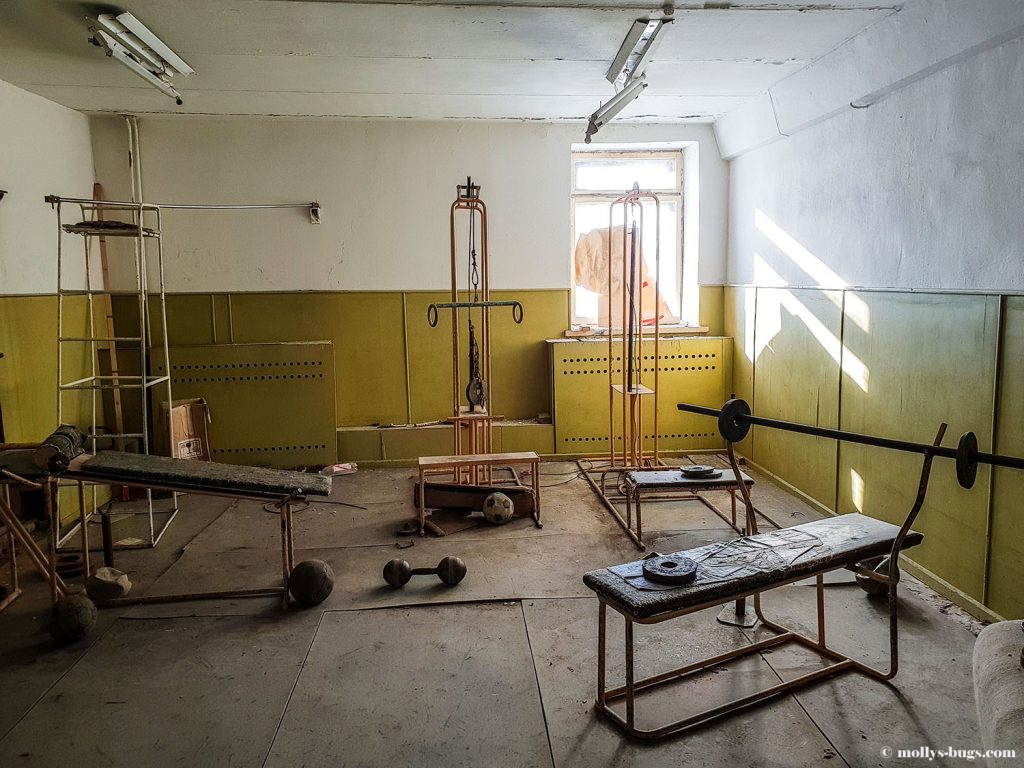
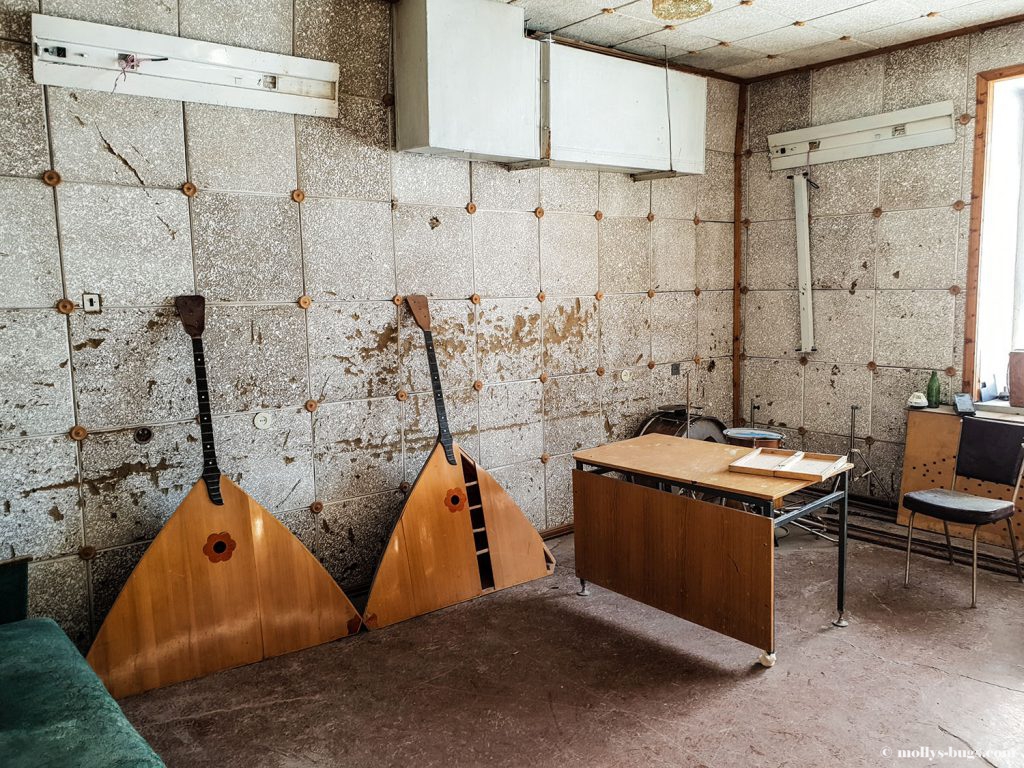
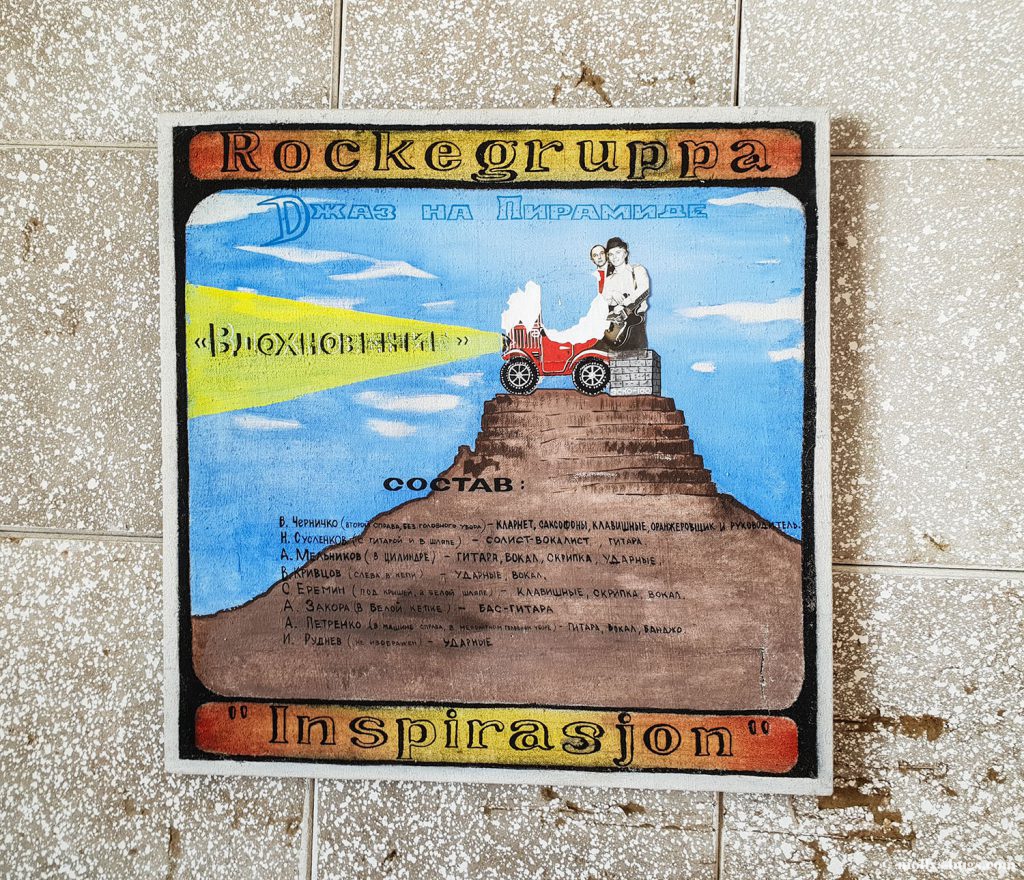
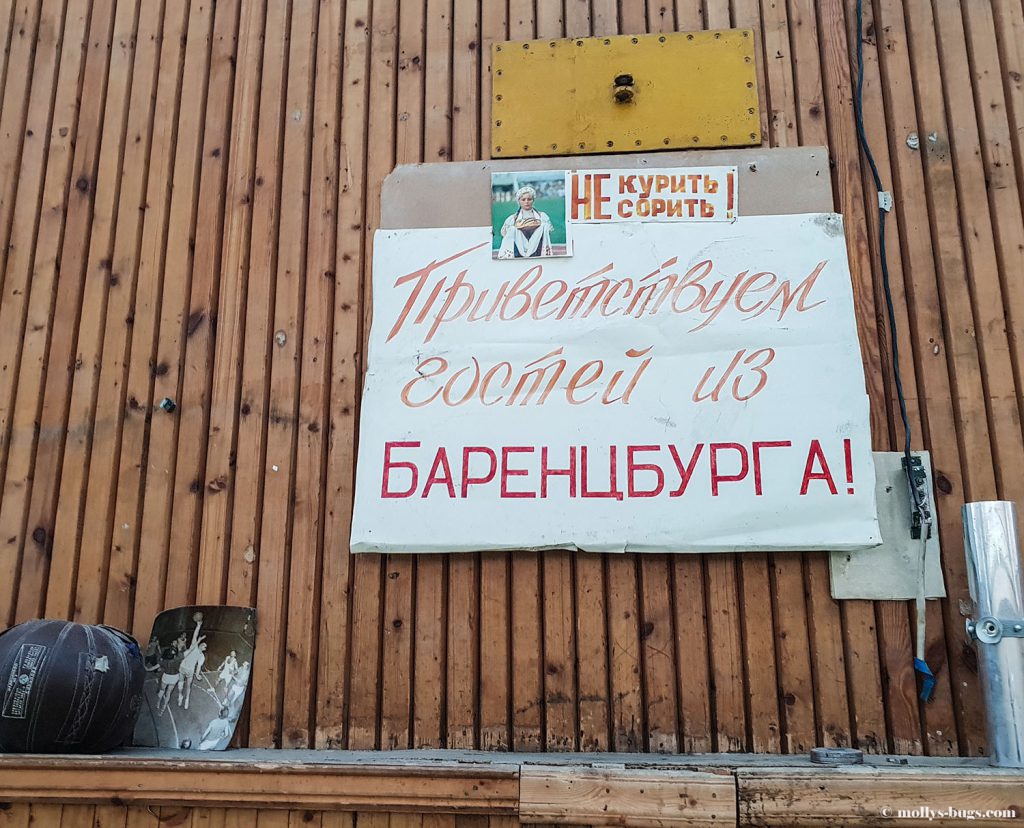
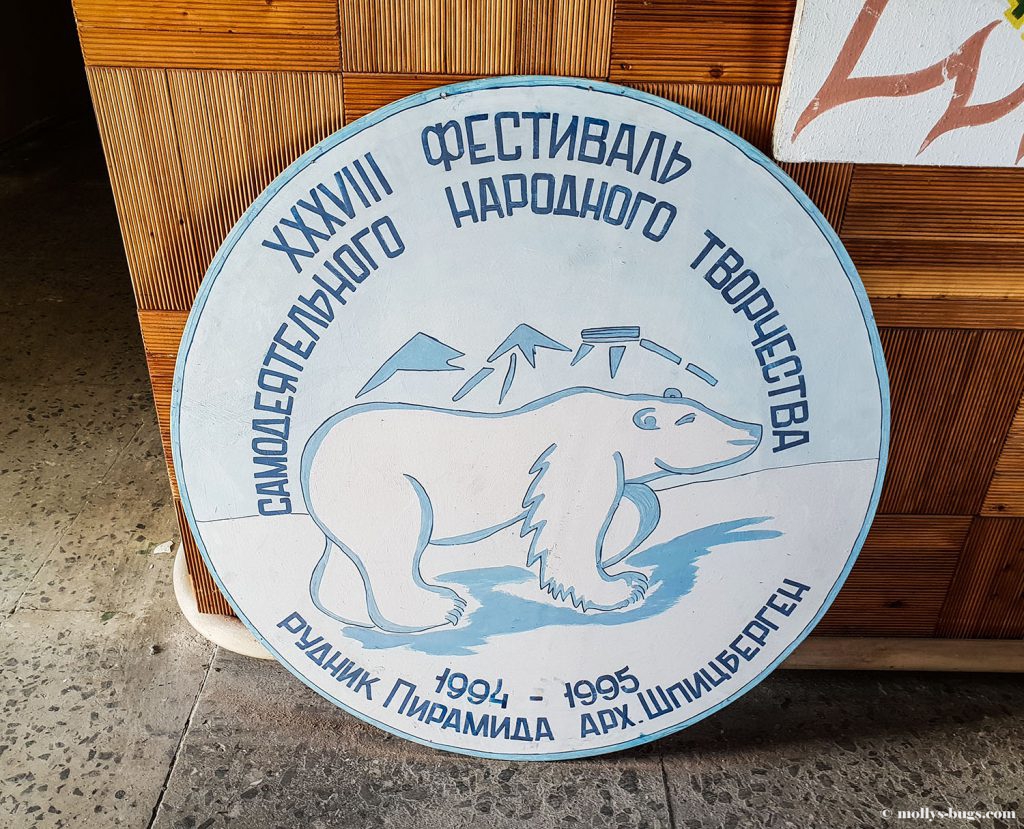
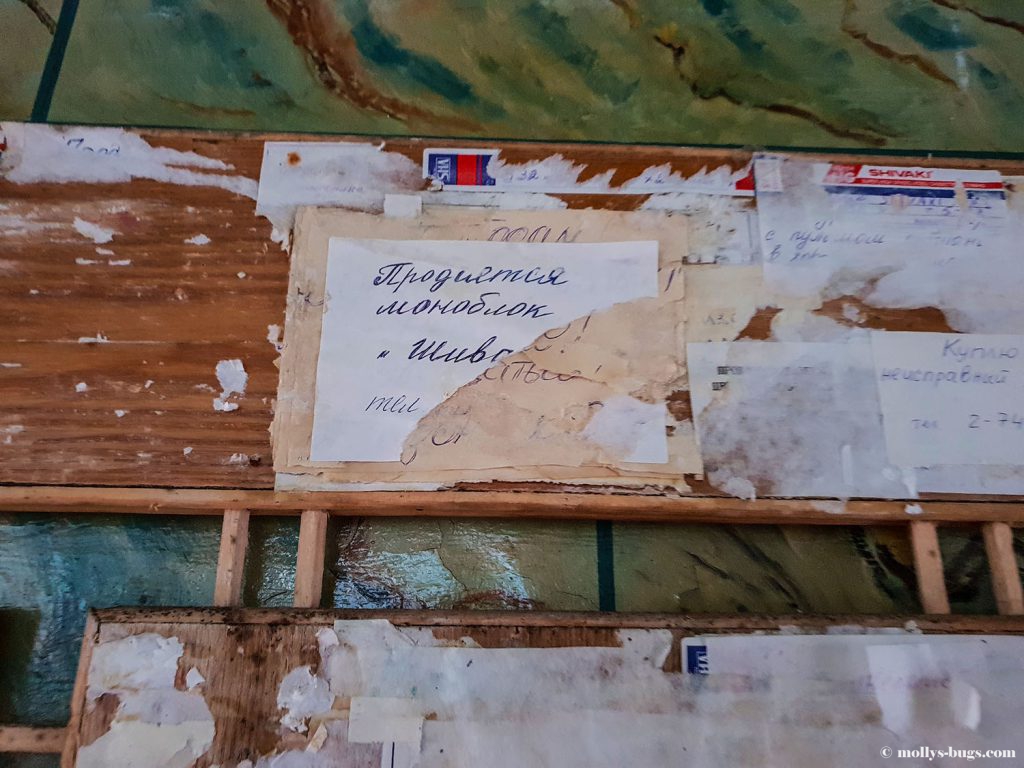
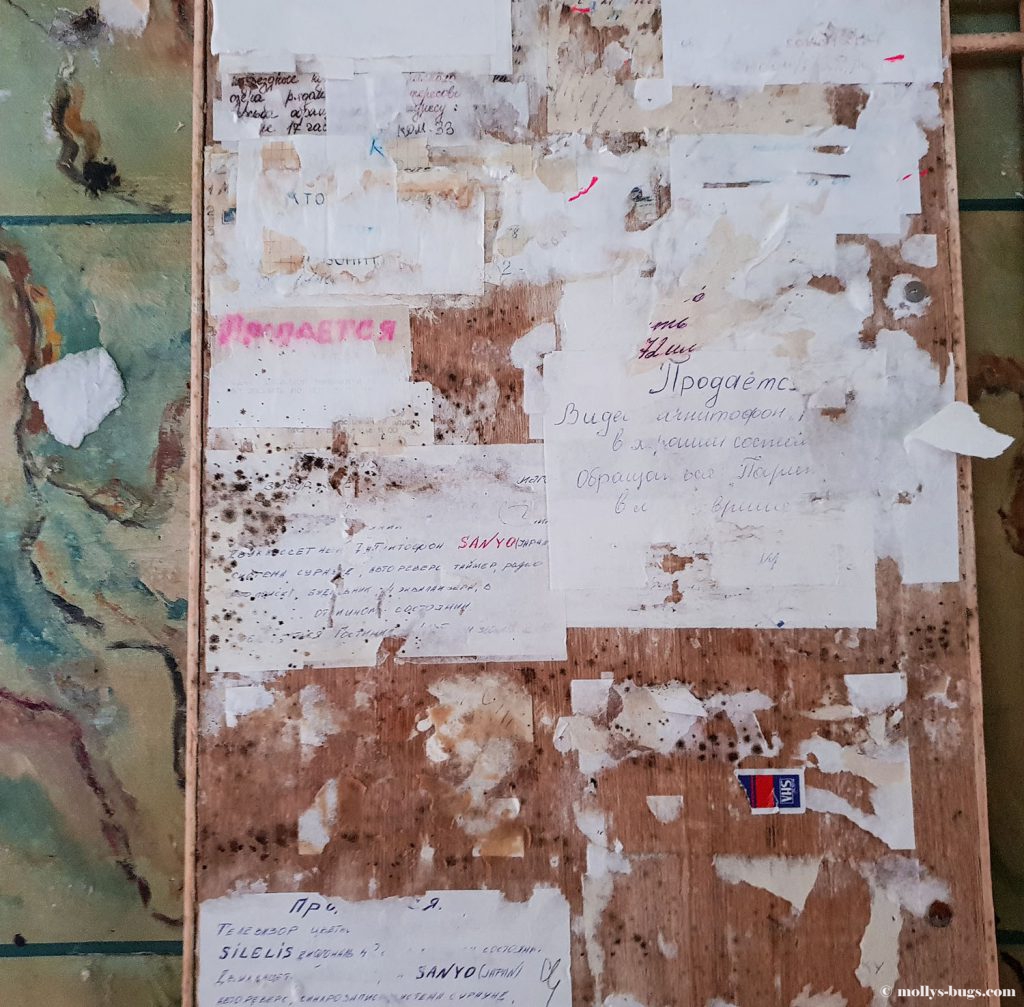
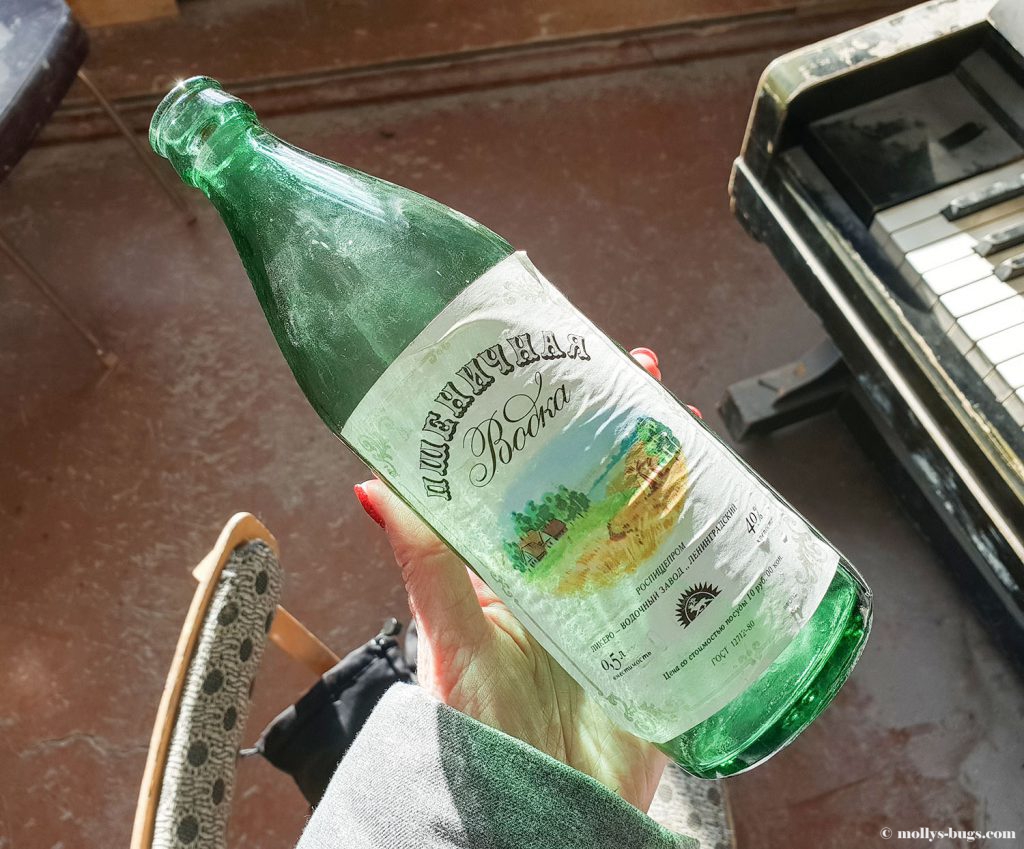
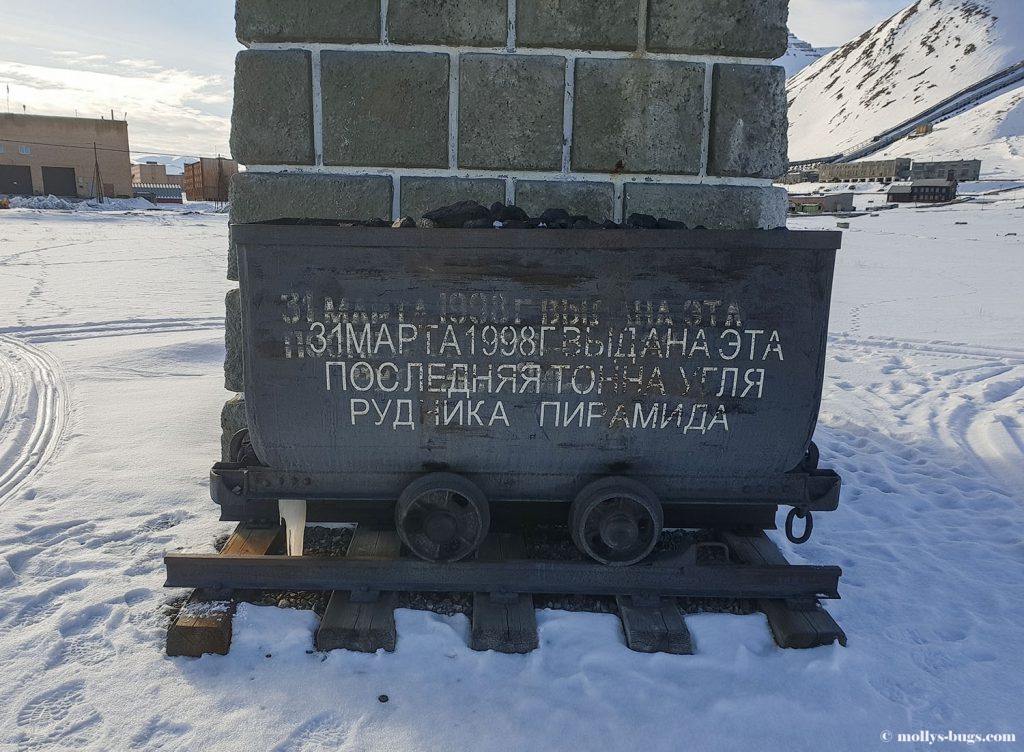
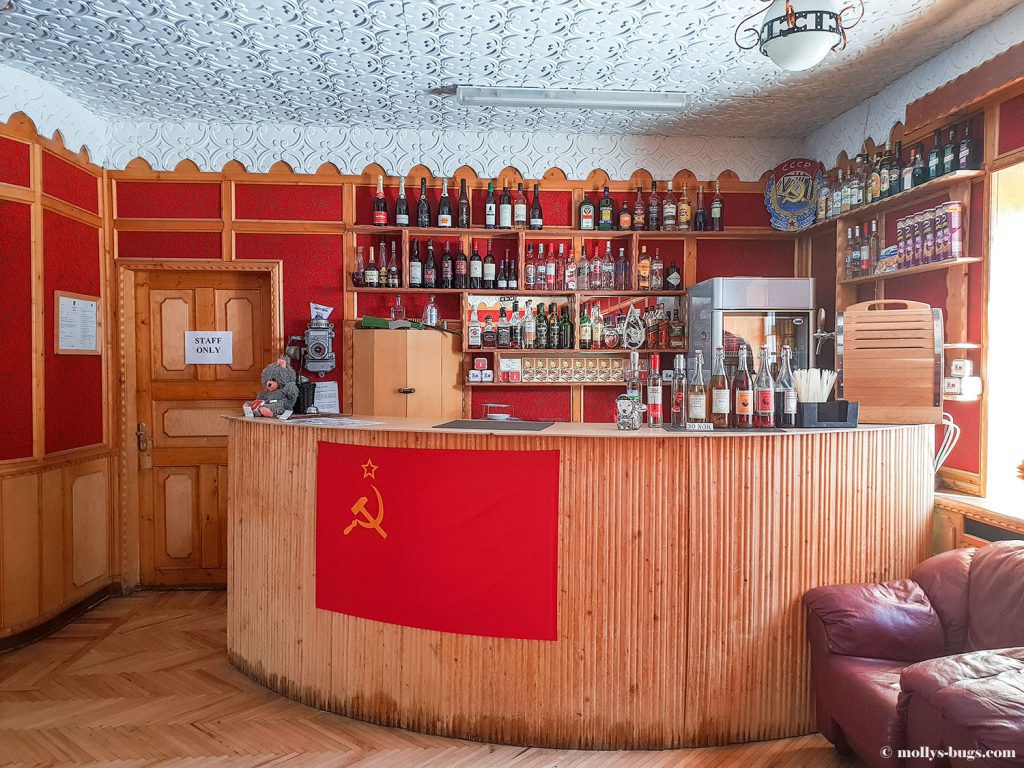

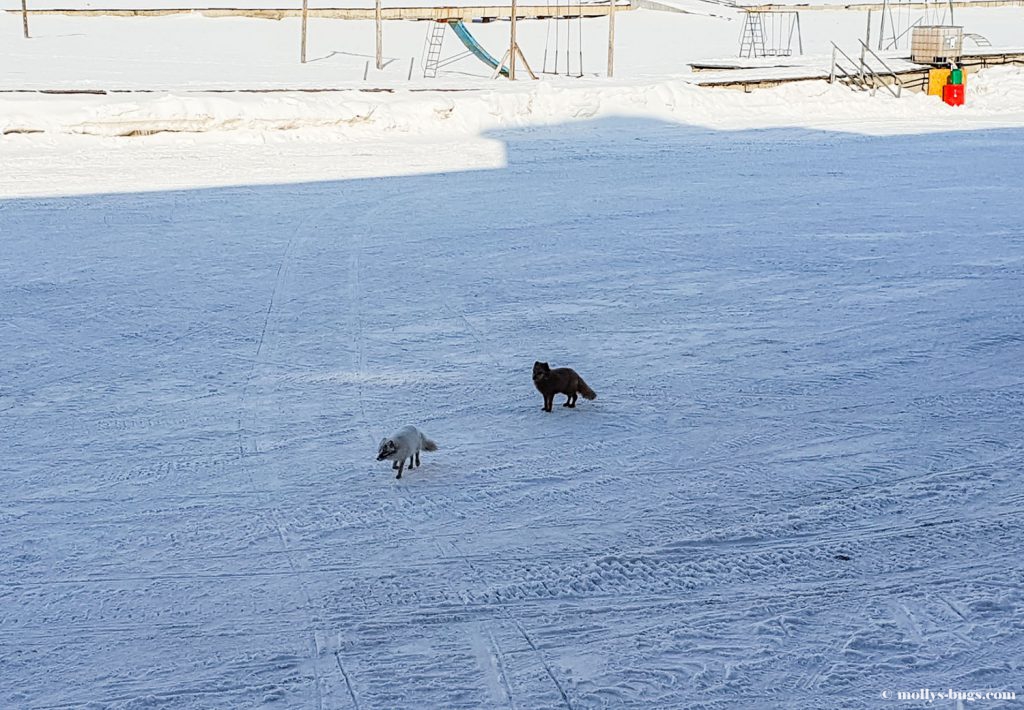
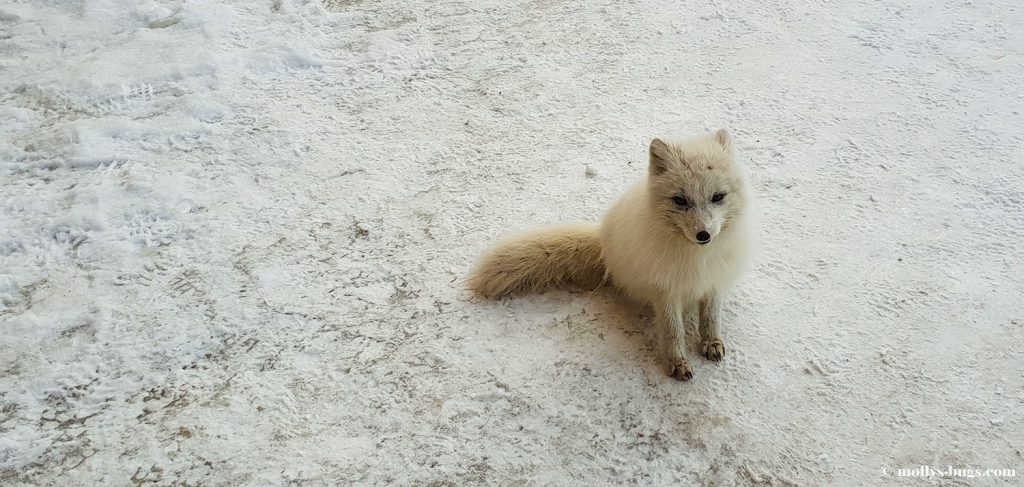
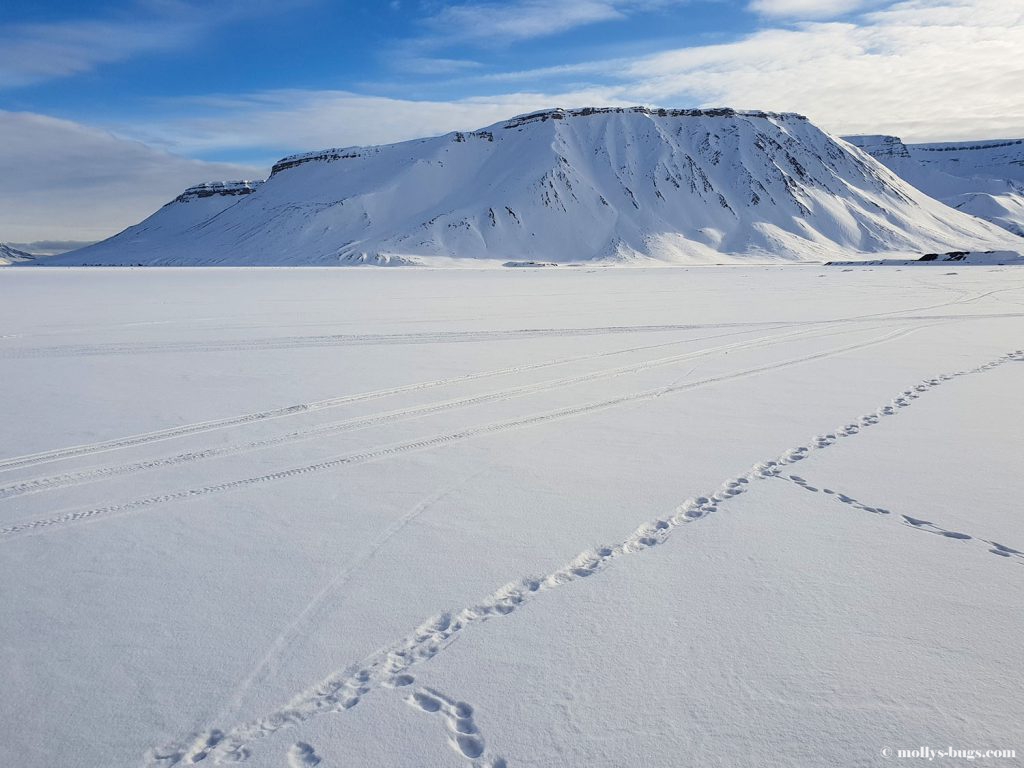
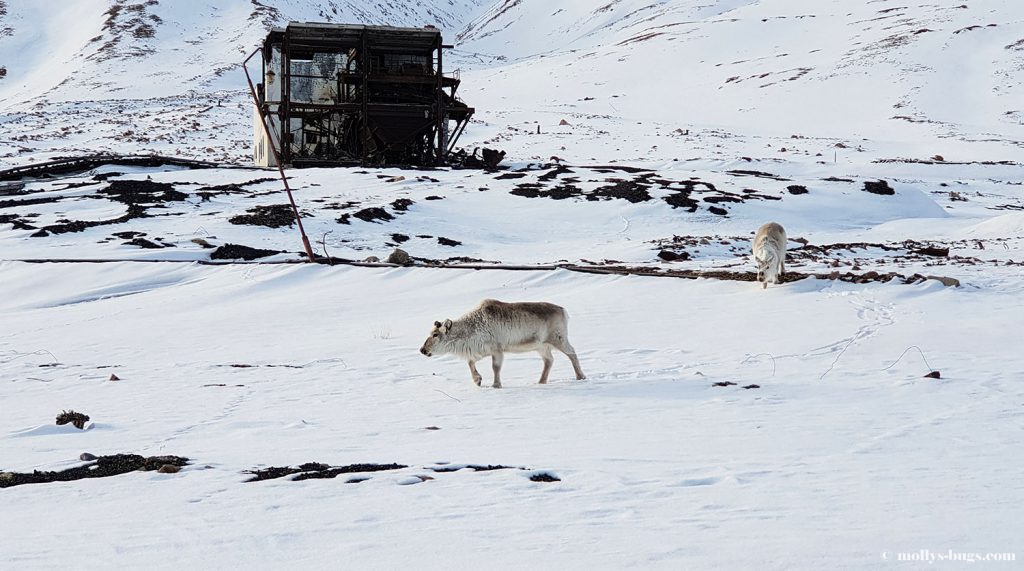
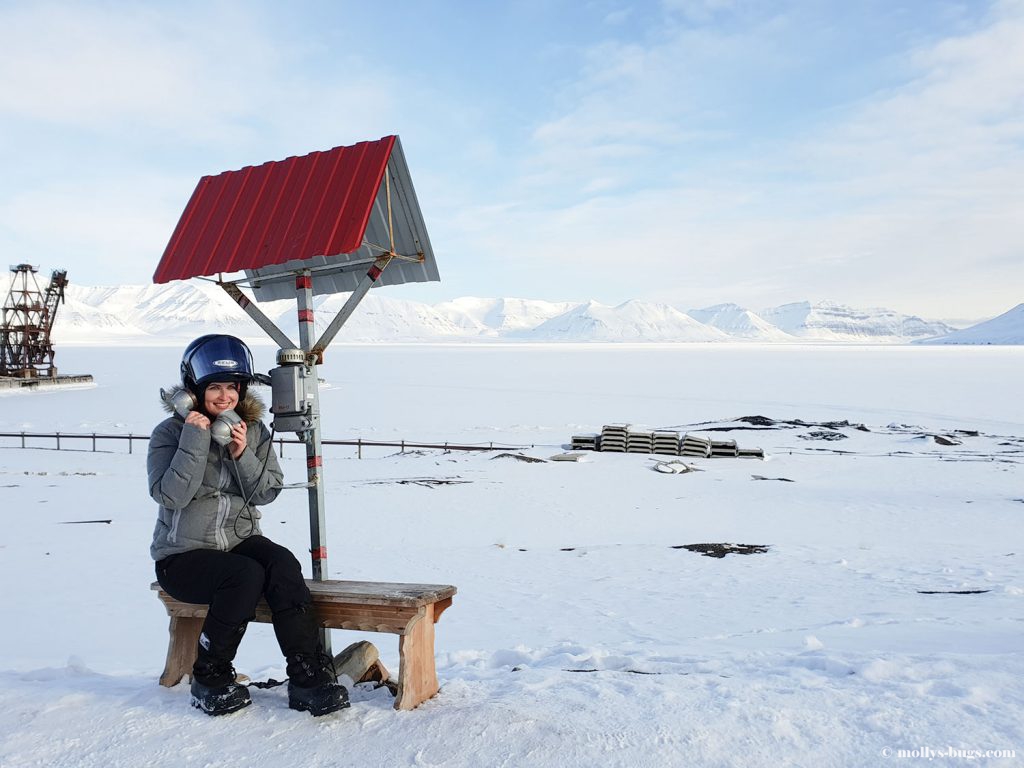
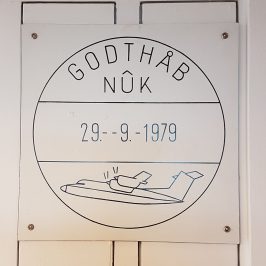
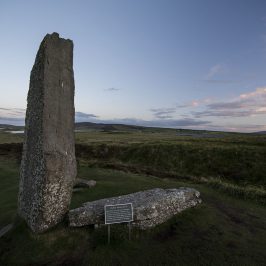
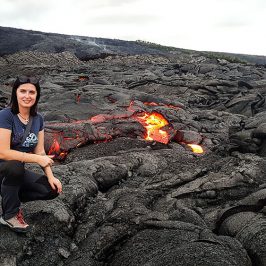

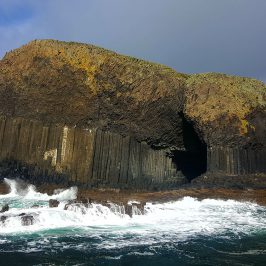

Leave a Reply